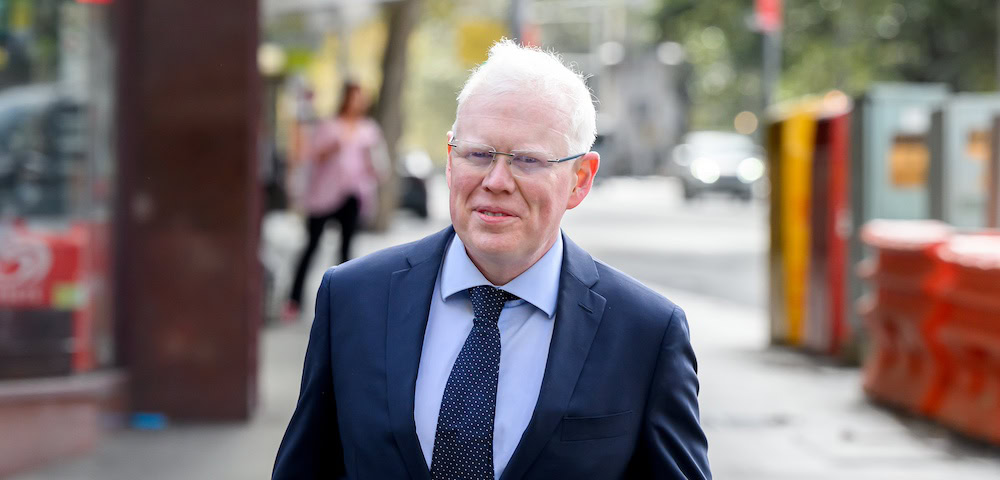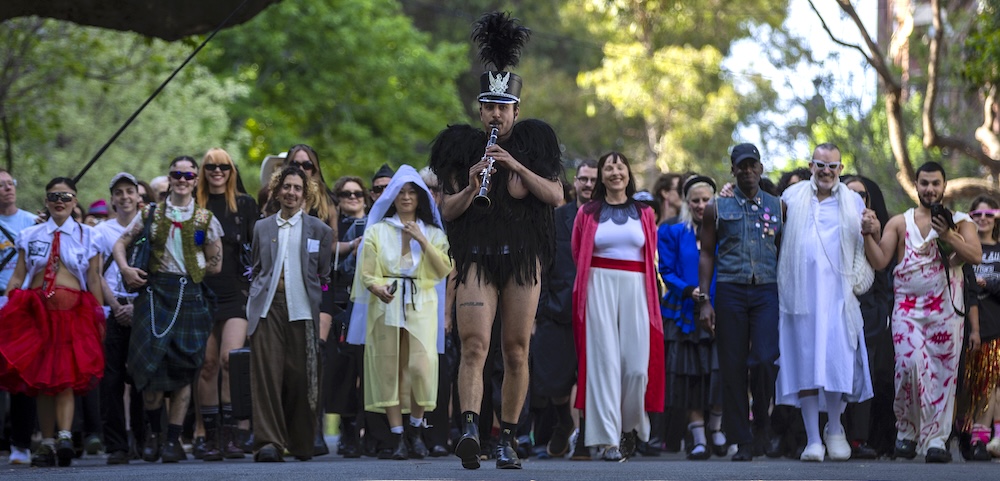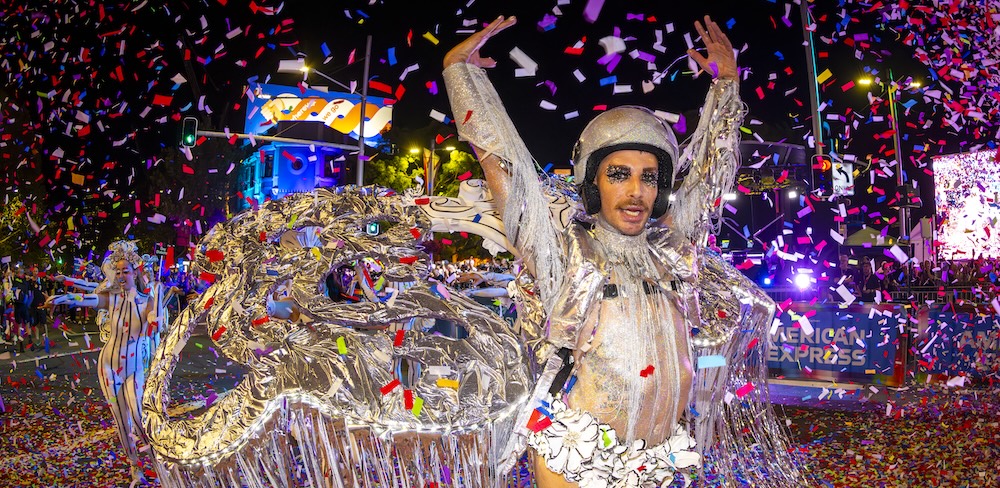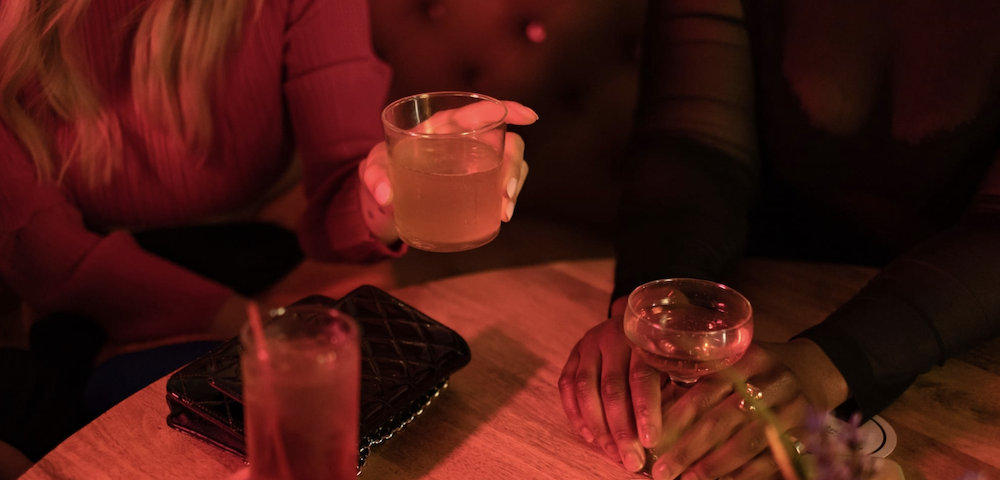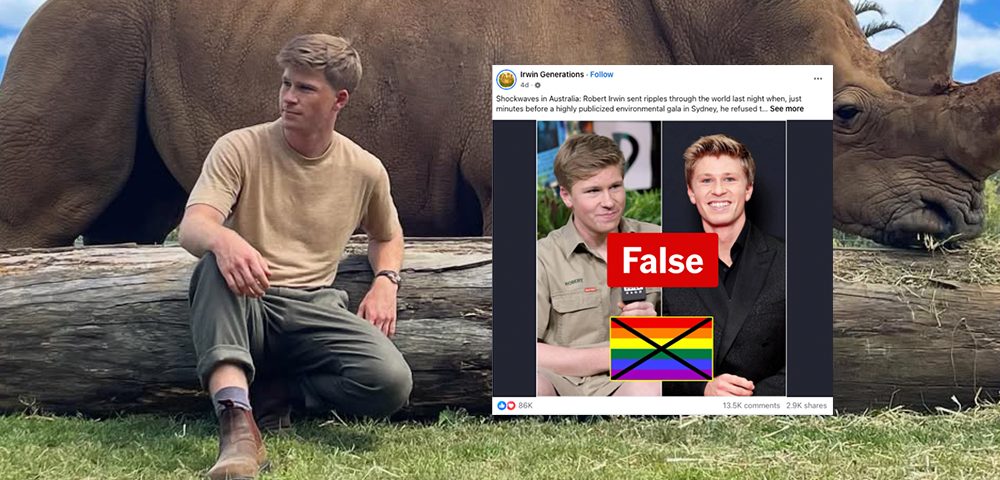
Out of India
The editors of Bombay Dost, India’s only gay magazine, receive about 100 letters each week from readers and would-be readers looking for copies or help.
It’s a remarkable figure -“ considering the magazine has a print run of between 3,000 and 4,000 copies and is published less often than quarterly. In fact, the copies are read by an estimated 20 to 25 gay men each whenever they become available.
Ashok Row Kavi is the editor and one of the founders of Bombay Dost (which translates to Bombay friend). He says it’s impossible even to answer the large number of letters which come to the paper every day, let alone supply the letter-writers with any sort of help.
There won’t be another edition until I get money from the last one. It’s supposed to be a quarterly but it comes out less than that -“ we’ve had requests from within Kabul during the war on Afghanistan. We’ve had them from Uzbekistan and Iran. But we can’t possibly help all these people, Ashok says.
Ashok is a man of many hats. He is a famous figure in India both for his magazine and his outspoken advocacy of gay rights. He lists friends in government positions as well as fisherwomen and is happy to go on television and speak his mind if he needs to.
When the letters first started pouring in, Ashok and the other five directors of Bombay Dost realised they would have to do more.
In 1994 we decided the newspaper could not tackle the problems of the community on its own. So we registered the Humsafa Trust, which was then one of India’s first openly gay health organisations, he says.
The Humsafar Trust undertook the first major study on men who have sex with men in India.
It took a full year to do it. And when we had written the report, we called up every politician in India and held the launch in the Government house. We served them tea and the transgender people served them cake! And there was this horrible woman, who would say, -˜I don’t understand why you’re asking for money. I don’t see any of these men.’ And I said, -˜Well, there were so many we had managed to interview 3,500 of them.’ She couldn’t believe it.
The Trust opened the only drop-in centre for gay men in India. The centre sits in a bazaar, next to a mosque, which Ashok says does not cause any problems.
Being a gay man in India, he says, is a different experience to the west: When I was in America I met someone who kept complaining about the queens this and the queens that. I said, -˜Oh shut up with you and your damn American queens.’ They’re so busy wearing their gorgeous jackets and going out for dinner.
Ashok says the study showed a significant percentage of Indian men having sex with men were married to women, and living otherwise heterosexual lives.
They call themselves heterosexual, but that could mean they have sex with their wives once a year and sex with men the rest of the time, he says.
But they’re not using condoms, and taking problems home to their wives. People ask why we are not just concentrating on men who sleep with men but 50 to 60 percent of men who sleep with men are married. We have to look after their wives as well.
Attitudes to homosexuality were also very different, he said. In India you’re not bashed up and you’re not killed for being gay. The homophobia comes from the fact that you are taking an individual decision about your sperm -“ in India your sperm is a social resource. It’s got nothing to do with your sexuality.
Ashok lectures on the history of Hinduism and how it relates to sexuality. He says there is a long record of men having sex with men which has had different levels of acceptability during the history of the nation.
So much of the Kama Sutra is very wonderful about that sexual freedom. The first sodomy laws were only brought to India by the stupid British.
Ashok spoke at the Amnesty International Global Human Rights Conference as part of the Sydney 2002 Gay Games program. Other speakers included Malaysian film director and activist Julian Jayaseela.




